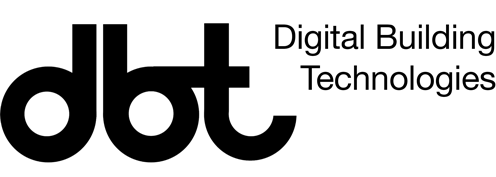The context of digital fabrication with concrete allows architects to reinvestigate material, process and design to explore novel expression in architecture. 3D Concrete Printing (3DCP), or layered extrusion, is an additive manufacturing method where fresh concrete is deposited in layers to fabricate a digitally generated 3D model. As a no-formwork construction approach with the advantage of precise, digitised shape customisation, this process is ideal for creating freeform shapes that would be impossible to produce with any other technique available on the market. The fast production, quality of execution and level of detail enabled by 3DCP position it at the forefront of digital fabrication with concrete.
As part of ongoing interdisciplinary research of NCCR DFAB, at ETH Zurich, Tectonoics of Concrete Printed Architecture proposes building solutions for the design, fabrication and assembly of 3D printed concrete components.

Concrete printed artefact which tests the overhangs capacity of the CE3DP process.

Variable layer height (left) and volumetric porosities (right) are possibilities of material ornamentation using 3DCP.

